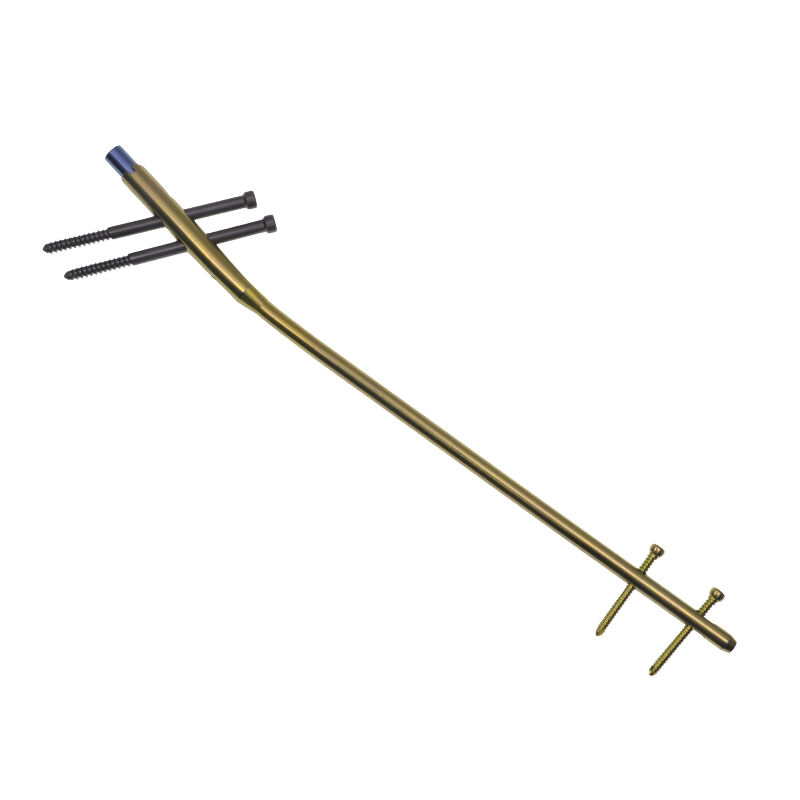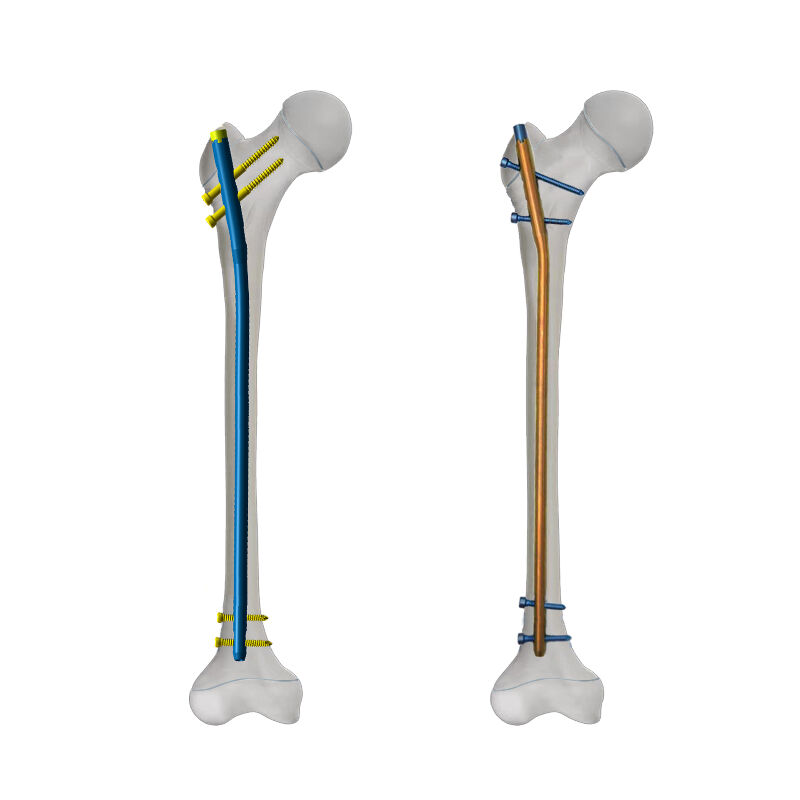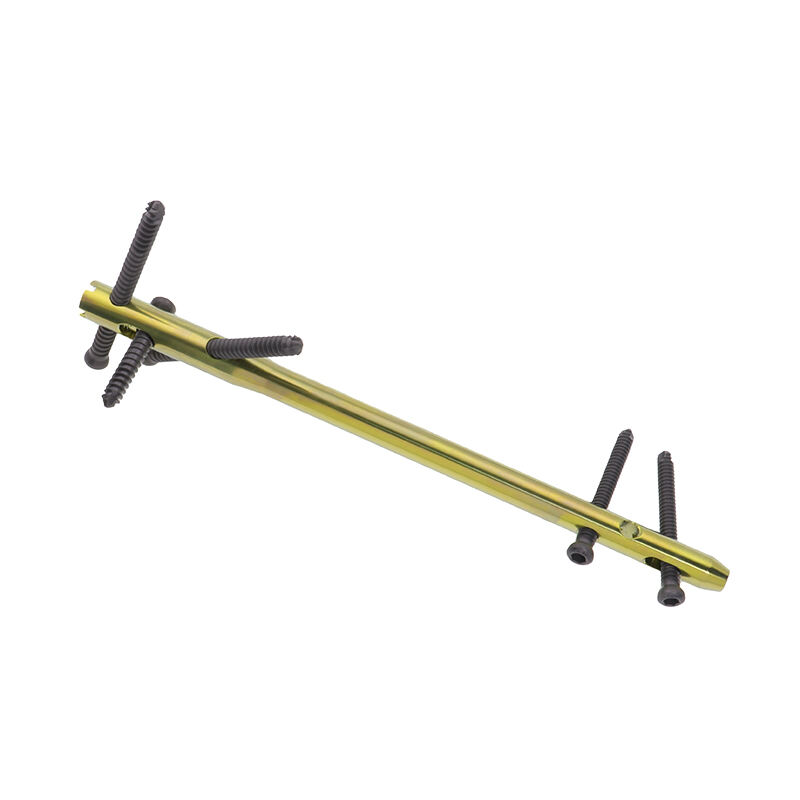femoral intramedullary nail
The femoral intramedullary nail represents a revolutionary advancement in orthopedic surgery, specifically designed for treating complex femoral fractures. This innovative medical device consists of a metal rod inserted into the medullary cavity of the femur, providing immediate stability and support to the fractured bone. The nail's design incorporates multiple locking options at both proximal and distal ends, enabling surgeons to achieve optimal fixation based on fracture patterns. Manufactured from biocompatible materials, typically titanium alloys or stainless steel, these nails offer exceptional strength while maintaining compatibility with the human body. The device features a anatomically contoured design that matches the natural bow of the femur, reducing stress on the bone during healing. Advanced versions include specialized holes for static or dynamic locking, allowing for controlled weight-bearing and promoting faster recovery. The nail's hollow core facilitates insertion over a guide wire, ensuring precise placement while minimizing soft tissue damage. Modern femoral intramedullary nails also incorporate anti-rotation mechanisms and compression capabilities, essential for treating various fracture patterns from simple shaft fractures to complex subtrochanteric injuries.


